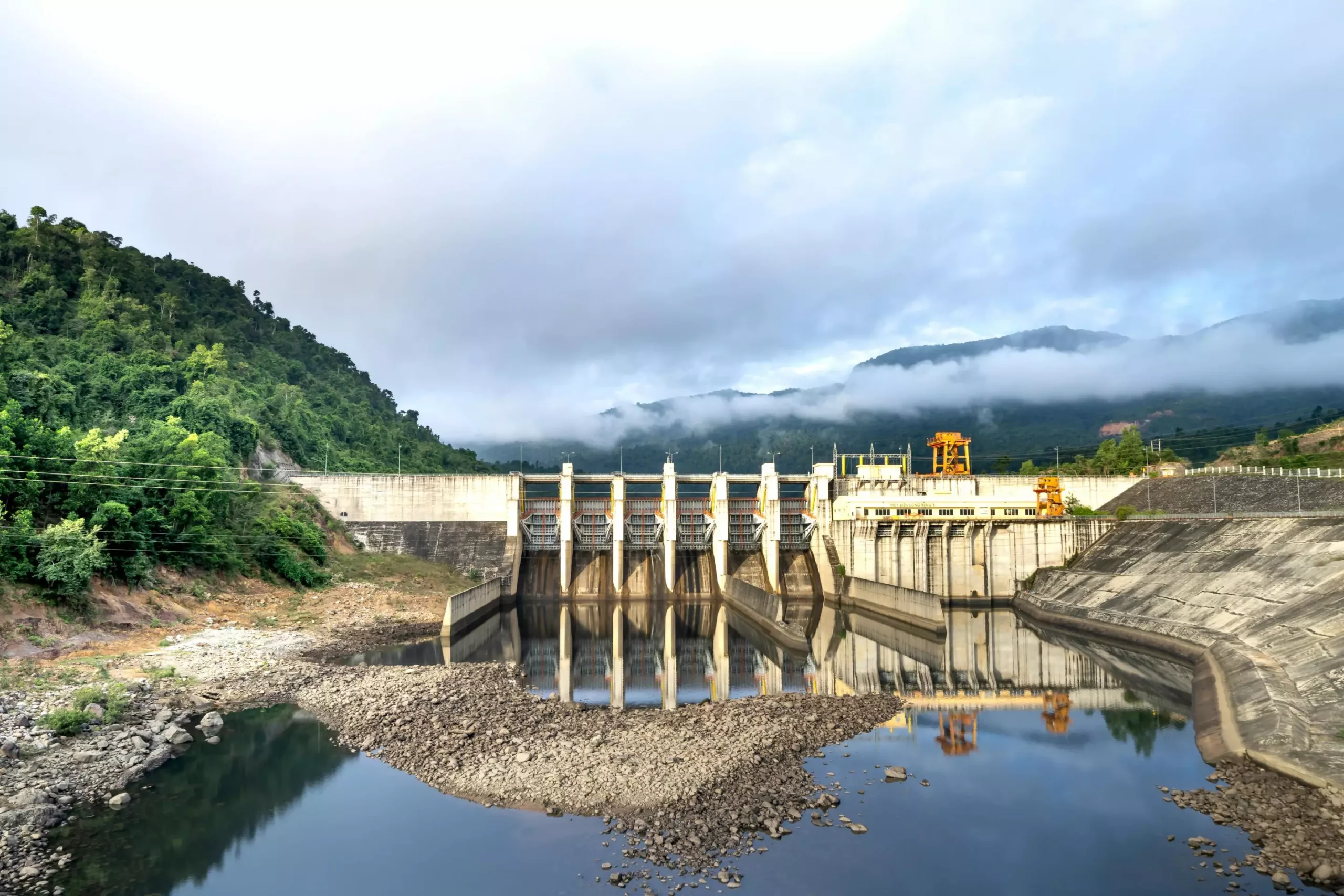Hydropower has long served as a cornerstone of renewable energy in the United States, fueling homes and industries while offering a cleaner alternative to fossil fuels. However, recent studies underscore a troubling reality: prolonged droughts can severely undermine hydropower generation capabilities. Research conducted by scholars at The University of Alabama sheds light on the vulnerabilities inherent in this renewable energy source, paying particular attention to the economic ramifications when water availability diminishes.
A substantial study published in *Environmental Research Letters* scrutinized the implications of drought on hydropower production over an 18-year span. The findings reveal a stark decline in hydroelectric output, translating to an estimated $28 billion economic loss across the nation by 2020. This decline not only represents lost revenue for hydropower facilities but also forces utilities to purchase alternative energy, frequently from fossil fuel sources, resulting in increased operational costs and environmental ramifications.
Misconceptions about Climate Vulnerability
Dr. Hamid Moradkhani, the lead researcher and an esteemed professor, emphasizes a widespread misconception regarding climate vulnerability; many focus predominantly on flood risks while neglecting the significant impacts of drought. This oversight can lead to insufficient preparation for increasingly prevalent dry spells, which may be exacerbated by climate change. The study aims to reframe public dialogue, urging stakeholders to recognize drought as a pressing threat to energy stability.
Drought impacts vary significantly from state to state due to differing levels of dependence on hydropower and regional climatic conditions. For instance, Nevada, despite its arid environment, demonstrates relative resilience to drought thanks to its robust reservoir system, particularly the Hoover Dam. This capacity allows the state to weather dry spells more effectively than others. Conversely, states like Alabama, where hydropower constitutes a significant portion of electricity generation, may face amplified challenges during drought periods.
Beyond the economic aspects, researchers noted the environmental fallout from relying on fossil fuels to compensate for hydropower losses. As states scramble to secure alternative energy supplies, there can be a dramatic rise in pollutants. The study identified alarming increases in nationwide CO2 and NO2 emissions, highlighting the dependence on natural gas during times when hydropower is compromised. Thus, the ecological footprint of drought extends far beyond immediate electricity shortages.
Necessary Adaptations for Future Resilience
Considering the multifaceted challenges posed by drought, the study calls for strategic adaptations. A state-specific approach is crucial; by diversifying energy portfolios and improving water management practices, states can bolster their long-term resilience to drought. More robust planning—including water conservation techniques and investment in alternative renewable sources—could alleviate potential energy crises, ensuring a more sustainable future for the power sector.
The analysis of hydropower’s vulnerabilities amid drought conditions serves as a critical reminder that reliance on any single energy source can create systemic risks. As climate patterns shift and droughts become more frequent, it is imperative for policymakers, utilities, and researchers to collaborate on comprehensive strategies aimed at mitigating these impacts. The future of energy generation must balance economic viability with ecological sustainability, ensuring that the clean power derived from hydropower remains a reliable resource even in the face of adverse climatic conditions. Ultimately, this research serves as a call to prioritize resilience in energy planning—an essential step toward safeguarding our environment and economy against the harsh realities of climate change.


Leave a Reply